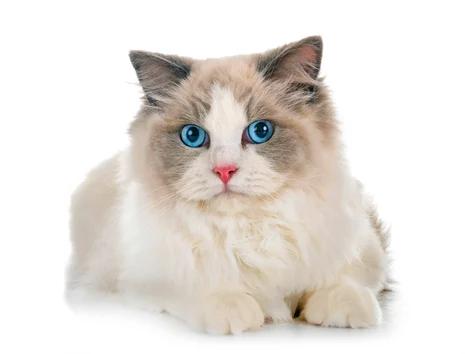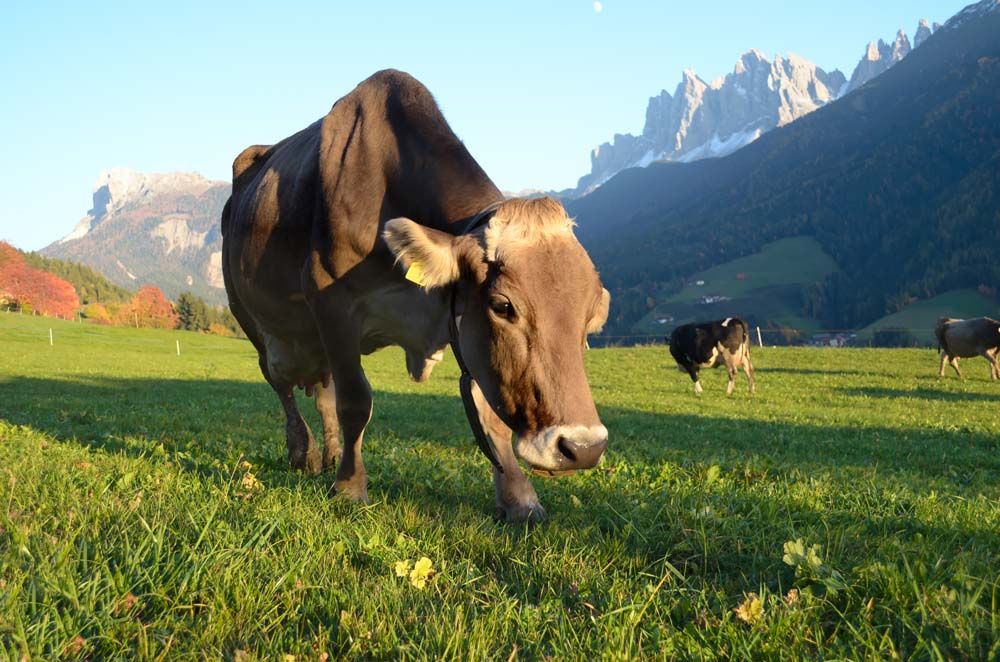Blue-Eyed Ragdoll Cats


7 things to know
Sometimes fads come and go without the lasting substance to back them up, but that’s not the case for Ragdoll cats! As the most popular cat breed for the last four years, the Ragdoll has proven that it amply deserves its popularity.
Here are 7 things to know.
1. They’re aptly named
The breed possesses the lovable tendency to actually “go limp” and relax many of their muscles when they are picked up or handled—so much so that they feel like a ragdoll. But despite this, the Ragdoll is a pretty large cat—males can reach 20 pounds and females about 15, give or take a calorie or two.
2. They’re docile
It’s not just the floppy physical attributes that give these cats their ragdoll-ish reputation. The breed’s overall personality is noted for being wonderfully laid back, and they’re good with children, making them well-loved family cats.
3. Celebrity endorsed
Many celebrities share their homes with Ragdoll cats, including Taylor Swift and Sylvester Stallone.
4. And sometimes celebrities themselves
The internet meme sensation Grumpy Cat was thought to have possibly been part Ragdoll, while Merlin the Mad Ragdoll most definitely is. Angry-faced Merlin has racked up 300,000 followers on Instagram and 1.3 million on TikTok.
5. They love their owners
There is no shortage of cat jokes out there about cats being loners and not needing people. Ragdolls, though, work hard to break these stereotypes. They absolutely love humans and will actually follow their owners around the house, seeking affection and bringing joy along with them.
In return, you should try to keep your Ragdoll entertained and offer ways to keep him from getting bored.

6. They have brilliant blue eyes
Ragdoll cats were developed in the U.S. in the 1960s and 70s, partially from Siamese breeding stock. Ragdoll cats are seen in any of six different colors, and like the Siamese in its background, the Ragdoll’s eyes are (nearly) always blue.
7. They’re slow to mature
These large cats take time to reach full maturity—about four years—but they also are known for their longevity—up to 15 years.
About the author
Samantha Johnson is a writer, farm girl, and the author of more than a dozen books on rural living. She lives on a farm in northern Wisconsin with a colorful herd of Welsh Mountain Ponies, a bossy Welsh Corgi, and a wide assortment of tomato plants. View her portfolio at samanthajohnson.contently.com
Yes, Ragdolls have a Pinterest page https://www.pinterest.com/dirkson/ragdoll-cats/
Tags:Country Critters

Acreage Life is part of the Catalyst Communications Network publication family.














